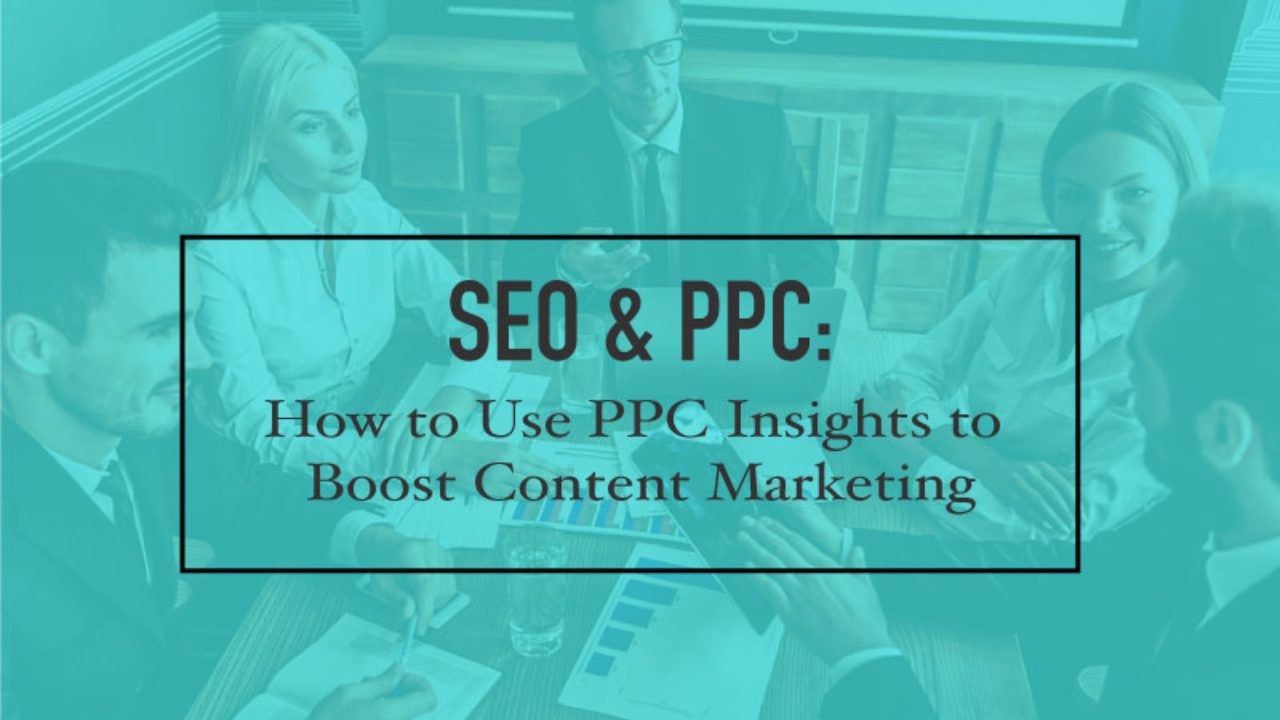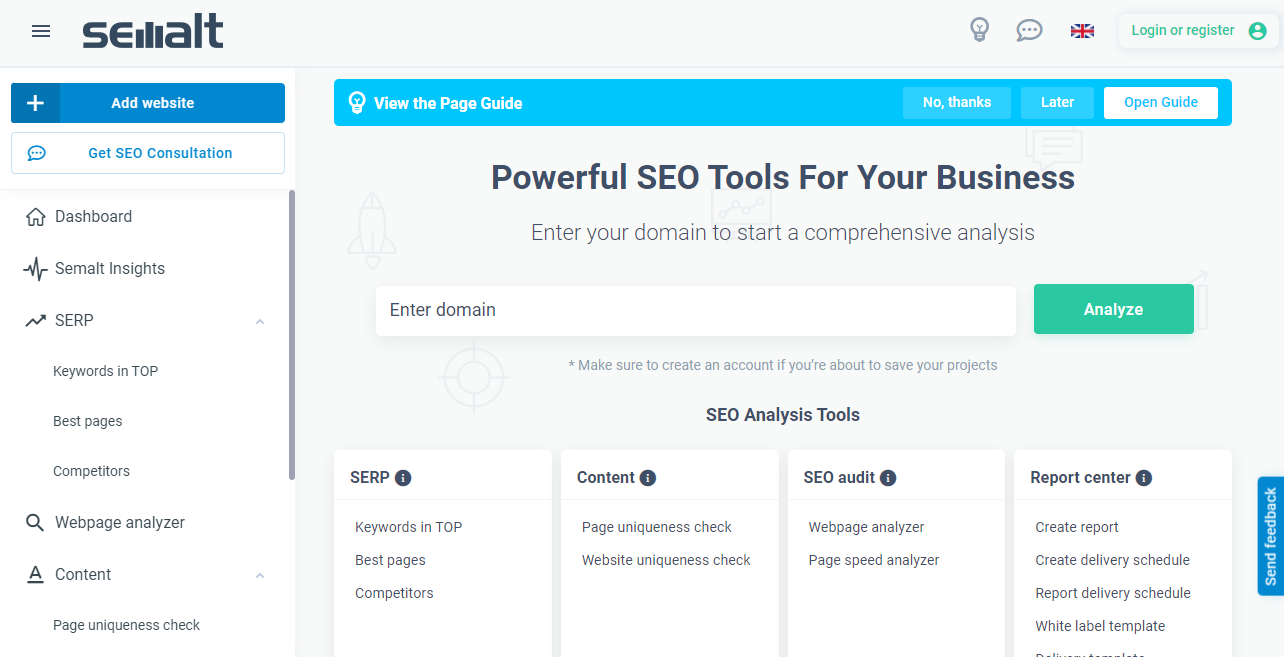Semalt: 10 Marketing Tips SEOs Can Learn From PPC Managers

As an SEO expert, you know what it takes to get your content ranked high in search engine results. Depending on how good you are at SEO, sometimes the only results that appear higher than yours are those from PPC campaigns.
SEO and PPC are considered two very different marketing approaches. But these strategies are more similar than you think. The biggest difference between SEO and PPC is that you pay for PPC campaigns, as the name implies. Driving organic traffic to your site with SEO is free.
While keywords are obviously important to PPC administrators, they do not need to focus on search engine optimisation because they are bidding on these keywords. If they are willing to pay enough, their search engine ads can generate visits and clicks, even if their titles are not extremely SEO friendly.
Using SEO to drive website traffic is much more competitive. To gain an edge over your competitors, you can use PPC principles to improve your SEO strategy. After all, search rankings are useless if they do not generate clicks.
These are the top 10 marketing tips SEOs can learn from PPC managers. By combining principles from these two strategies, you will be able to drive more traffic to your site.
1. Write titles that generate clicks
As I said before, the basic principle of SEO is to get a high ranking in search engines. This is obviously very important for your traffic. But does that high ranking translate into clicks and traffic? It should.
The first page shows 75% of all search engine results. If you are in a high position but are not seeing any traffic, there is a potential problem with your titles. You need to learn how to increase clicks by checking your titles. There are common elements in headlines that encourage clicks.
Even if your title has SEO friendly keywords, it does not mean that people will click on it.
PPC managers are skilled in writing large advertising texts. This improves click-through rates and increases quality scores. But with SEO, you don't have to pay for ads to get clicks. All you have to do is make small adjustments to the SEO headlines that will make them more appealing.
For example, add a number to your title. You may not think this is good for SEO because people are probably not looking for numbers. But this strategy creates clicks. Headlines that contain numbers are 36% more likely to be clicked. Using odd numbers improves CTR by 20% compared to even numbers.
2. They come up with new keywords
Do not be wide-ranging with your keyword research.
Use long-tail keywords to create more relevant search results. Using long-tail keywords will make search results less competitive. For example, let's say your company sells backpacks.
If this is the only keyword you use, it will be difficult for it to rank high and generate clicks. But if you use long-tail keywords, e.g., "red waterproof hiking backpack", you are addressing a very specific audience.
Yes, the search volume for these words will definitely be lower. However, you will not compete with many sites. You will now rank higher and increase your chances of getting more clicks.
It is also important to use new keywords based on the seasons, promotions or types of audience you are trying to target in specific campaigns. Do not use the same keywords over and over again expecting great results, especially if the keywords are highly competitive.
3. Track keywords from your competitors
Keyword research should not be conducted in a vacuum. You need to know what your competition is doing. PPC managers use this strategy to help them see which keywords are the most competitive. It allows them to customize their offers accordingly.
But it is important for you to apply this strategy when you are also focusing on search engine optimization. Try using tools like Semalt's Dedicated SEO Dashboard to help you track keywords:
- With the DSD, you can search for specific competitors and the platform will analyze the content of their sites.
- You will be able to identify the exact keywords they use.
- Based on this information, you can make the necessary adjustments. If one of your competitors is always taller than you, it may be time to start using some of their keywords.
- You can make these keywords even better by turning them into long-tail keywords that I have already talked about.
4. Monitor your customers with UTM settings
Where do your customers come from?
I hope you are not relying solely on organic search traffic to get more visitors to your site. You will need to run other campaigns. If you see a spike in traffic to your site, you can't assume it's necessarily coming from your improved SEO efforts. But how can you be sure?
By creating custom links with UTM parameters, you will be able to distinguish search engine traffic from traffic generated by other campaigns. For example, you can provide a unique link to each of your email marketing newsletters. You have a different link for all your social media posts.
If you run ads on other sites or affiliate links, they should also have a custom URL. You will then be able to identify the sources of your traffic. You will see which titles, ads, platforms and promotions bring the highest results.
PPC administrators do this to see if it is worth continuing to pay for specific site ads. But you can use it to understand if your SEO strategy and keywords are working.
5. Optimize keywords for mobile searches
When it comes to your keyword research, you need to keep different devices in mind. This is because more than half of all website traffic comes from smartphones and tablets.
In this day and age, you need to keep an eye on the most important moving trends of the year. Mobile devices have changed the way users search.
What do I mean by that?
The same person who uses a smartphone to search for something will enter different terms than they would if they were searching using their desktops or laptops.
In fact, 79% of all Google keywords rank differently in mobile searches. And 47% of the top 20 rankings rank differently on mobile devices compared to desktops. You need to identify these differences and tailor your keywords to the needs of your mobile users.
6. Refresh your prospects
Suppose someone visits your site because of their SEO efforts. That's wonderful. But now what? You need to understand how to search, navigate and convert. Just because someone lands on your homepage through organic search traffic, does not mean they will convert.
Maybe it's just about browsing or scanning a blog post. After that, they will leave your site. So you need to learn how to increase conversions with reorientation strategies. Re-targeting campaigns may bring them back to your site in the future.
You can take the lead from PPC administrators and display ads on other sites. When a user lands on your site, you can use cookies to track his / her browsing behaviour. They will now see your ad when they visit another site. Change your ads so they don't see the same thing again.
7. Perform A / B tests on your landing pages
You need to make sure your clicks lead to conversions. If you can create landing pages that have high conversion rates, you will be able to earn more money whenever you increase your website traffic with SEO.
Right now, you may be happy with your conversion rates. But how can you be sure that the pages are optimized for higher conversions? You can not know for sure unless you try and measure the results.
Use the A/B test to change different items on your landing pages to see if you can improve those conversion rates. Check things like CTA placement, images, CTA wording, sizes, value proposition, and colour schemes. You can basically test each item on each landing page to find the best design to increase conversions.
SEO focuses on the ranking and traffic of the website. PPC managers focus on clicks. But both SEOs and PPC managers must ultimately prioritize conversions.
8. Targeting people based on their locations
PPC marketers use geo-targeted campaigns to limit search results to potential customers within a specific area. Google AdWords lets you set this theme.
When it comes to SEO strategy, you can still target people based on their sites, even if you do not want to pay for ads.
Just create specific landing pages for different sites.
For example, suppose your business has locations across the country. Each site should have its own local website. This will increase the site traffic for people who are in these areas whenever they are looking for something related to what you are offering.
You can even create custom landing pages based on these sites. For example, the needs of consumers in Boston will be different from those of consumers in Dallas when it comes to buying clothes in December.
9. Show your competitive advantage
In a list of search results, your site will appear next to your competitors' sites. Even if you pay for ads, other sites will pay for ads that also appear on the page. How can you stand out from your competition?
Write SEO-friendly headlines and meta descriptions that highlight your value proposition.
10. Examine your ad schedule
If you're going to take your SEO campaigns to the next level and start running PPC ads, you need to know when to run them. For example, B2B brands would like to run their ads during normal business hours. Then their target audience will look for their products and services.
Don't expect a prospective B2B customer to look for a 2 AM service on a Saturday night. However, if you are a global B2C e-commerce store, you will probably want to run your ads at all times.
Conclusion
Theoretically, high search rankings should result in more traffic to the site. But if you do not have the traffic you expect based on your rankings, it's time to reconsider your SEO efforts.
While they can be search engine optimized, they are useless if Internet users do not navigate your site. It is in your best interest to get advice from marketers who specialize in clicks.
You can learn a lot from PPC campaigns. Even if you do not want to pay for ads, you can apply the same principles to your SEO efforts to increase your website traffic.
